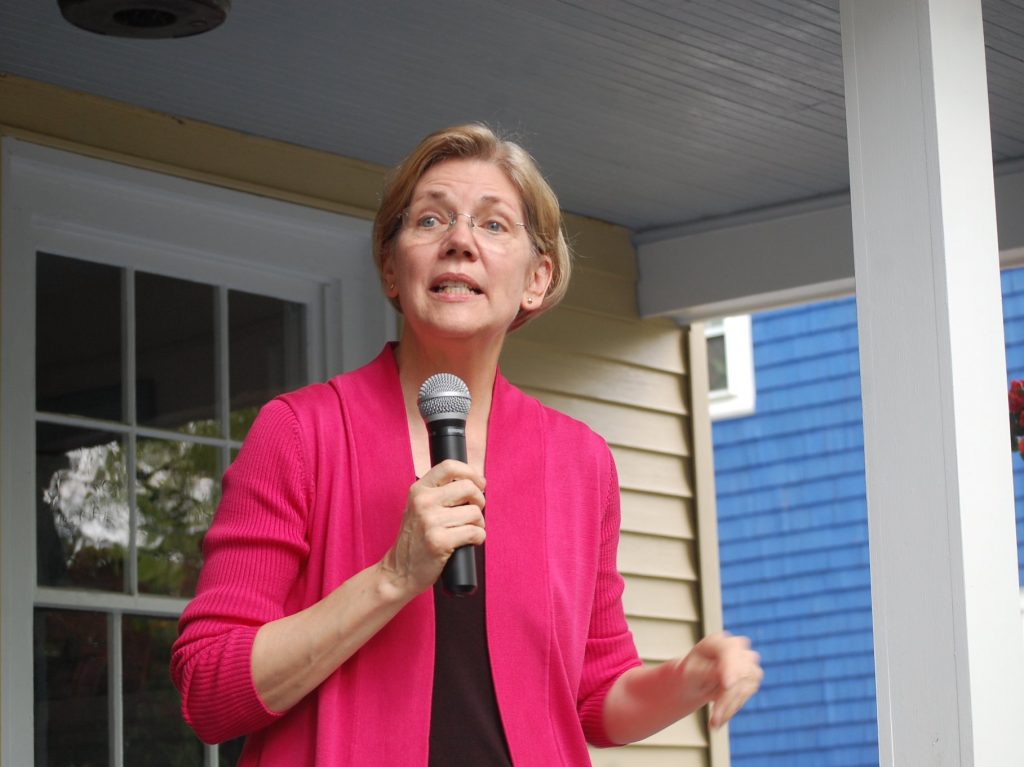On Friday, I wrote a piece arguing that Elizabeth Warren’s use of an employer head tax was not a good way to fund Medicare for All and that instead the more conventional choices of income and payroll taxes would be better. The reason they are better is because income and payroll taxes are based on how much income you receive while a head tax charges the same dollar amount for every worker regardless of their income, making it much more onerous on the lower and middle classes.
This point holds true regardless of what the head tax amount is. If it’s $2,000 per worker, it would always be better to get that same amount of money through an income tax or a payroll tax. If it’s $15,000 per worker, the same is thing is also true. The argument is not about the level of the tax but about the way in which that tax is allocated among its payers.
Nonetheless some might be curious to know how high Warren’s Medicare Head Tax will be. On Friday, I roughly estimated that it would be $9,500 per worker. I calculated this by averaging the average employer contribution to a single-person health plan and the average employer contribution to a family health plan, using the 2018 MEPS data. When you do that, you get $9,711, which is $9,517 after you deduct 2 percent from it. This number is for 2018 while Warren’s plan score is for 2020 through 2029.
This was a rough-and-ready approach for Friday’s post. Since then I have tried another approach to estimating it using CMS and BLS data, which nonetheless reaches the same approximate figure.
The CMS projects that employers will spend about $828 billion on premiums in 2019. The BLS says there are currently 152 million people on nonfarm payrolls, but also says that 27.3 percent of those people work in firms with fewer than 50 employees, which are exempted from Warren’s head tax. This means that about 110 million workers are employed in firms that will be subject to the head tax. Dividing the $828 billion figure by those 110 million workers gets you $7,500 per worker.
That figure is for 2019 while Warren’s scoring window is 2020 to 2029. To figure out how to get the average figure across that scoring window, I take the CMS’s last 10-year projection, which is from 2018 to 2027 and note that it estimates employer premiums will increase by 55.5 percent over that period while the under-65 population only increases by 3.3 percent. If we adjust up the $7,500 figure from 2019 by this population-adjusted premium increase, we get an average employer premium of $11,278 for 2028. The midpoint between the 2019 and 2028 figures is $9,389. Shifting the ten-year window over one year to 2020 to 2029 while also deducting 2 percent gets you right at $9,577.
It is of course hard to say exactly what the number will be this far out into the future. But insofar as the normal approach to talking about these things is to use average ten-year figures within the scoring window, the $9,500 figure seems to be the one to go with given the CMS projections.

